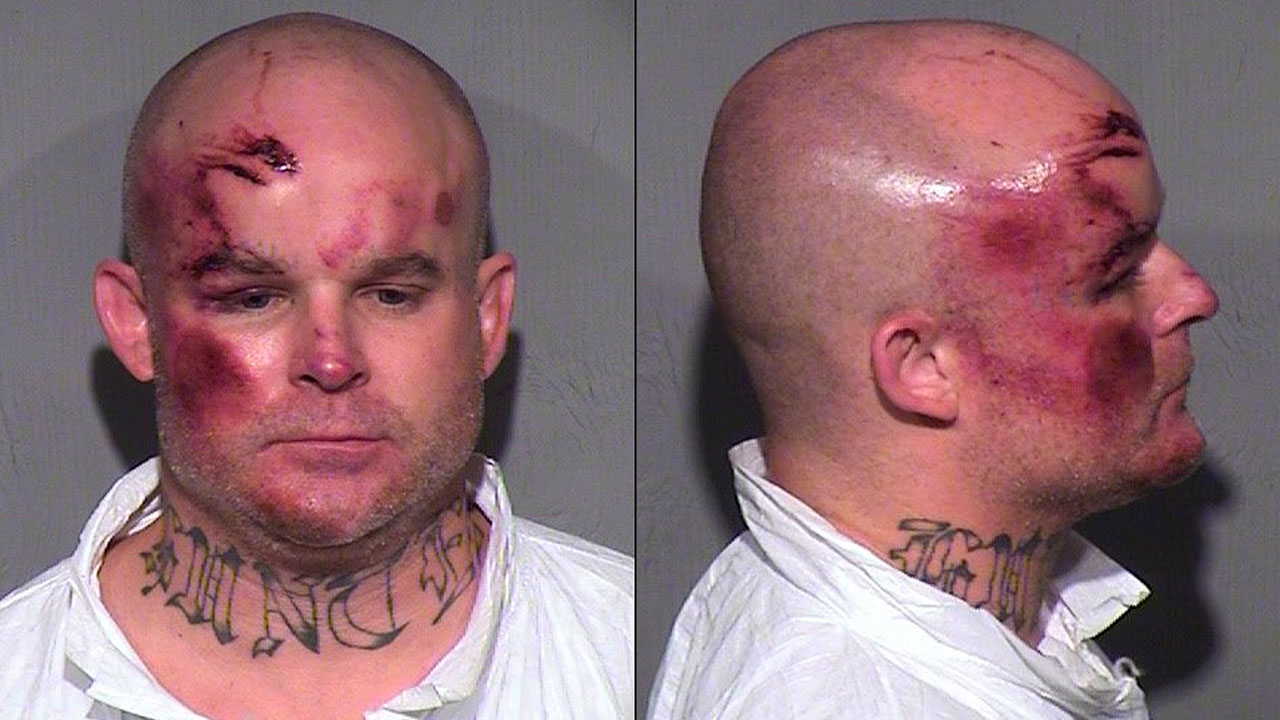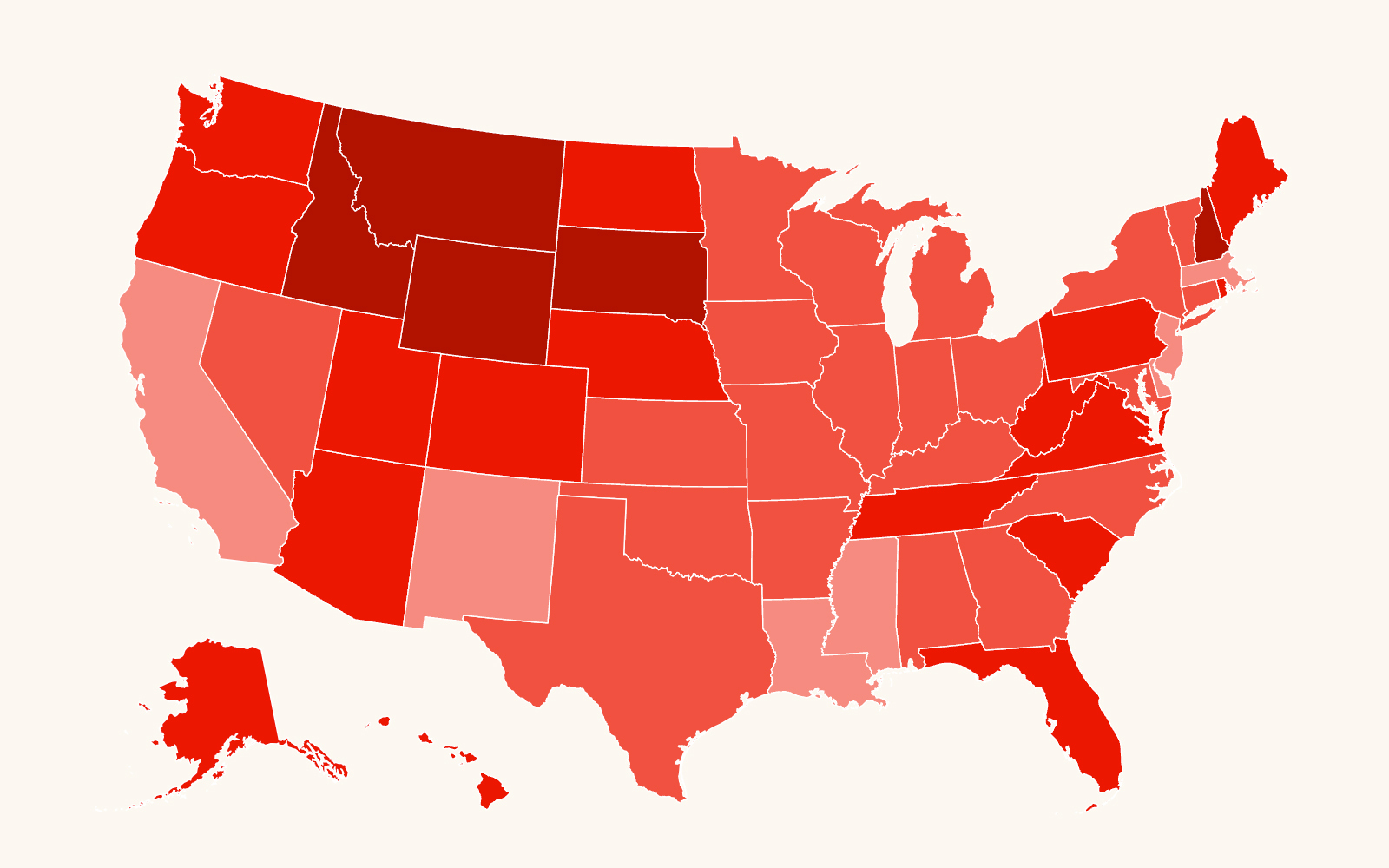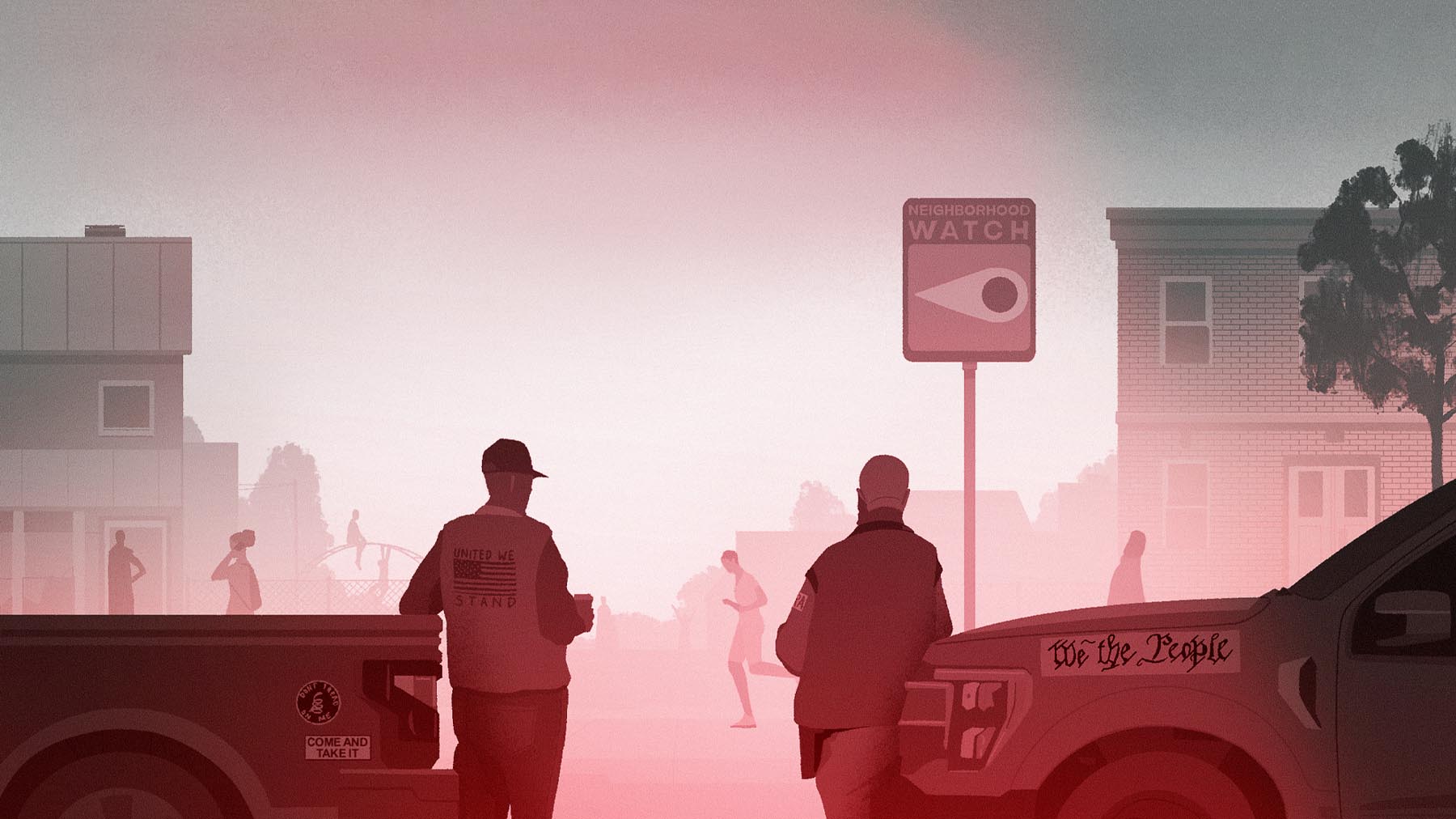The U.S. militia movement is a fragment of what it once was. Not many years ago, veterans and first responders, often joined by weekend wannabe combat warriors and even elected officials, were arming up under the Oath Keepers banner. Chapters of Oath Keepers and other national militia groups sprouted across the country. Then came the insurrection of Jan. 6, 2021, and its aftermath.
The Southern Poverty Law Center (SPLC) identified 52 active militia groups throughout the United States in 2023, a decline from 61 in 2022. This decrease stems from continued fallout from the Jan. 6, 2021, insurrection. More than 1,200 people faced charges for their actions on Jan. 6. Over 80 of them were either members of identified antigovernment organizations or said to be motivated by the movement’s conspiracies.
The antigovernment movement is a conspiratorial movement focused on disputing the authority of both state and federal governments. It is composed of sub-ideologies, each using a different tactic to challenge the legitimacy of government. The militia movement acts as the paramilitary arm.
Related Links
Militias were integral to the insurrection and have faced the consequences. The Oath Keepers militia helped orchestrate Jan. 6, and about 20 followers have been convicted for their insurrectionist activities. This included the sentence handed down in 2023 to the group’s leader and founder, Stewart Rhodes. He received 18 years in prison for seditious conspiracy. Oath Keepers is a shell of what it once was, going from 79 active militia chapters in 2021 to 10 in 2023.

Back to Local Roots
The national structure that such militias as Oath Keepers and Three Percenters used proved a liability in the law enforcement crackdown after Jan. 6. This resulted in many militias reverting to a local/regional structure used in past decades.
Locally structured militias often portray themselves as benign entities training to help communities during emergencies. Their trainings, however, often feature followers who are heavily armed and sport specialized military-style tactical gear. These combat trainings are illustrative of their ideology, as they see themselves as engaged in an inevitable battle with one-world government forces.
This intentional disconnect between their public messaging and actual purpose isn’t new. John Trochmann, a leader of the 1990s militia movement, once told Congress that militias were merely versions of a neighborhood watch. That type of deliberate misdirection continued through Oath Keepers leader Rhodes, who repeatedly said his militia was about emergency preparedness, even as he planned an insurrection.
The Oath Keepers field trainings provide a good example of this deception. Training attendees would spend a short time talking about first aid and the rest of the time engaging in combat training. As former Oath Keeper Jason Van Tatenhove told the SPLC, 99% of trainings were “down-and-dirty warfighting taught by actual warfighters that had done it.” He said the trainings were pitched as community preparedness, because Rhodes wanted to avoid being labeled “the ‘M word’ or the militia.” While inaccurate euphemisms have always been used, current militia efforts are recycling these public relations games.
While these local militias haven’t reformed under a single nationwide banner, like Oath Keepers, they aren’t always acting in isolation. Militia members communicate in unregulated online forums and through old-fashioned radios, and they come together to train. An example is the formation of the Overmountain Men. This is an “alliance” among four militias around Tennessee, West Virginia, South Carolina and North Carolina; they have however, included a Vermont militia and an Arizona one as well. The local/regional model doesn’t mean operating in a vacuum.
The Ghost of Oklahoma City
2023 found the militia movement in transition. Law-enforcement arrests and successful prosecutions caused a decrease in numbers. Similar to the years following the 1995 Oklahoma City bombing by militia adherents, increased law enforcement pressure, along with more public scrutiny, caused a decline in the movement.
Many predicted the end of militias following Oklahoma City, and yet more than two decades later, Jan. 6 flashed on TV screens as democracy was under attack. A decrease in numbers doesn’t mean an end to militia ideas that motivate members and recruits. While Rhodes’ Oath Keepers organization continues unraveling, a Utah group led by remaining leaders is taking up the banner. Oath Keepers USA says it will uphold “the original spirit” of Rhodes’ organization.
While returning to a more local/regional structure is a strategic decision for militias, it also reflects a broader trend of extremists seeking to build political power at the local level. Creators of the modern militia movement of the 1980s and 1990s wanted it to interact easily with the conservative mainstream, meaning it would continue to change and transform over time to meet various challenges and opportunities. Jan. 6 fallout has greatly affected the movement, but it is adapting to stay relevant and rebuild. Communities and leaders must remain vigilant and push back with all the tools at their disposal, from policy and law enforcement to community organizing and education.
Illustration at top: Disguised behind a neighborhood watch sign, armed militia members blend in, masking their true allegiance with concealed weapons and, in the case of so-called “constitutional sheriffs,” even badges. The illustration unveils the deceptive facade of some militia members, who operate within communities while harboring antigovernment sentiments and paramilitary affiliations. (Illustration by Daniel Stolle)

